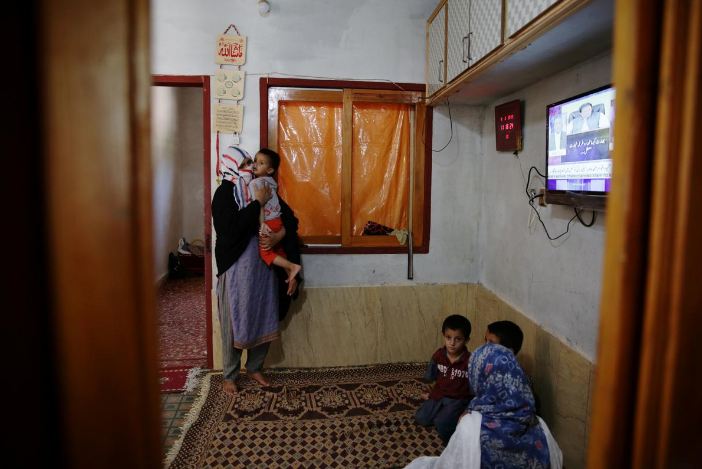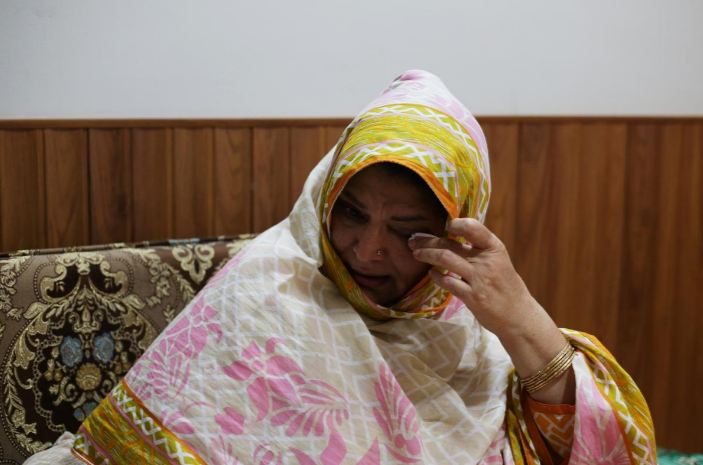Kashmir, a living hell of anger & fear as India intensifies clampdown: reports NYT
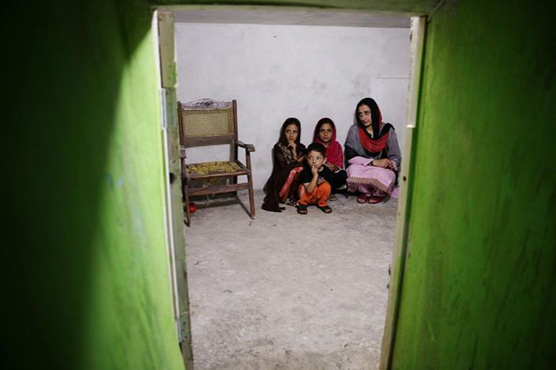
The New York Times correspondents got one of the first inside views of Kashmir's life under lockdown
(Web Desk) – Leading international paper New York Times has reported that Kashmir has turned into ‘a living hell of anger and fear’ following India’s latest moves in the territory.
In its detailed report, the paper notes that on the streets of Srinagar, Indian troops stand grabbing their guns with positions behind checkpoints and people glance out the windows of their homes, afraid to step outside.
According to the paper reports “on the streets of Srinagar, Kashmir’s biggest city, security officers tied black bandannas over their faces, grabbed their guns and took positions behind checkpoints. People glanced out the windows of their homes, afraid to step outside. Many were cutting back on meals and getting hungry.”
“Shops were shut. ATMs had run dry. Just about all lines to the outside world - internet, mobile phones, even landlines -remained severed, rendering millions of people incommunicado.”
According to the newspaper, correspondents for The New York Times got one of the first inside views of life under lockdown in Kashmir and found a population that felt besieged, confused, frightened and furious by the seismic events of this week.
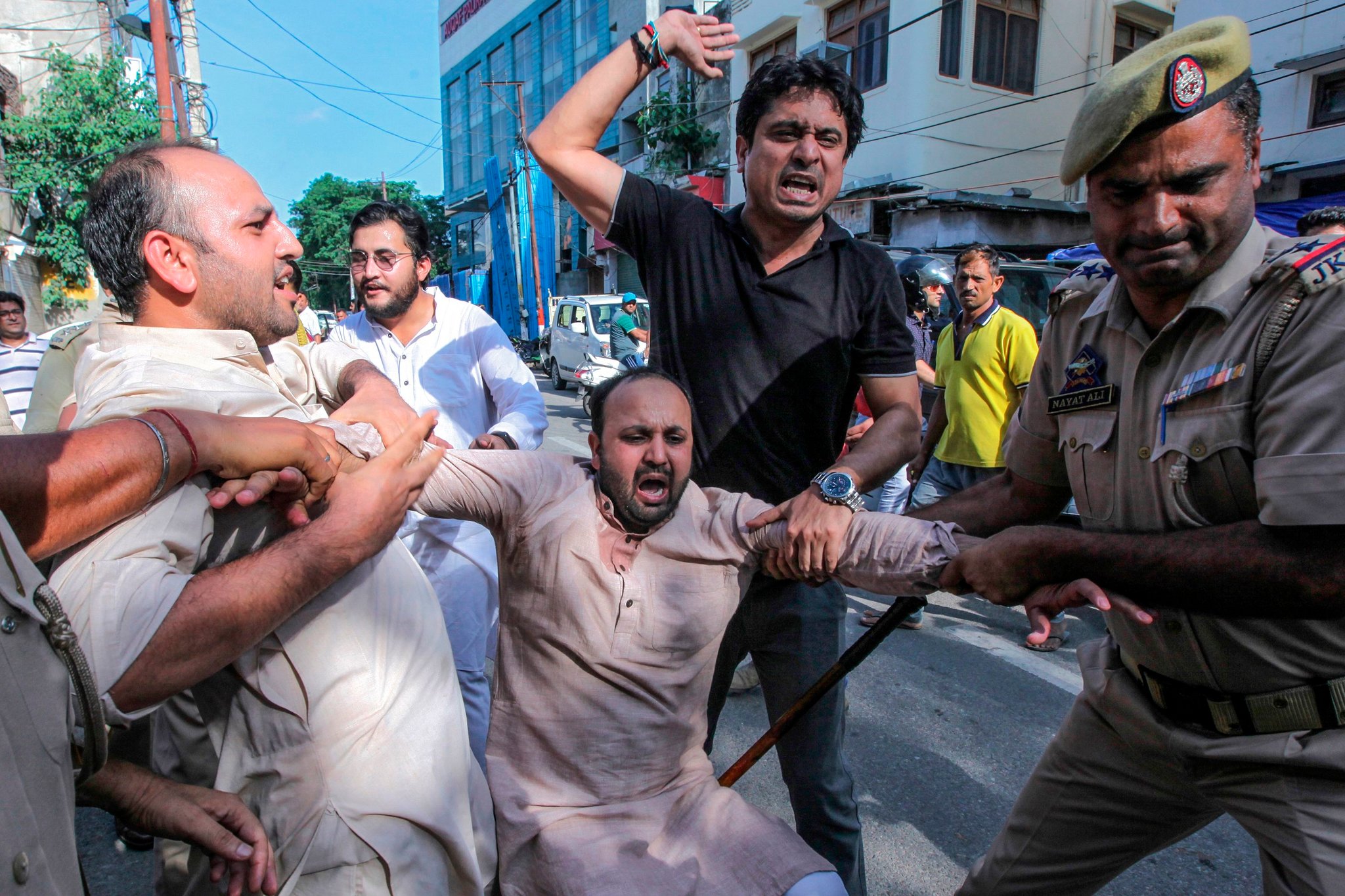
“People who ventured out said they had to beg officers to cross a landscape of sandbags, battered trucks and soldiers staring at them through metal face masks. Several residents said they had been beaten up by security forces for simply trying to buy necessities like milk.”
“On Friday afternoon, witnesses said tens of thousands of peaceful demonstrators were moving through the streets of Srinagar, chanting freedom slogans and waving Kashmiri flags, when Indian forces opened fire."
“The huge crowd panicked and scattered. Sustained bursts of automatic weapon fire could be heard in videos filmed during the protest, and at least seven people were wounded, hospital officials said, some sprayed by buckshot in the eyes.”
A 14-year-old girl namely Afshana Farooq was nearly trampled in the stampede.
“We were just marching peacefully after prayers,” said her father, Farooq Ahmed, standing over her as she lay shaking in a Srinagar hospital bed. “Then they started shooting at us.”
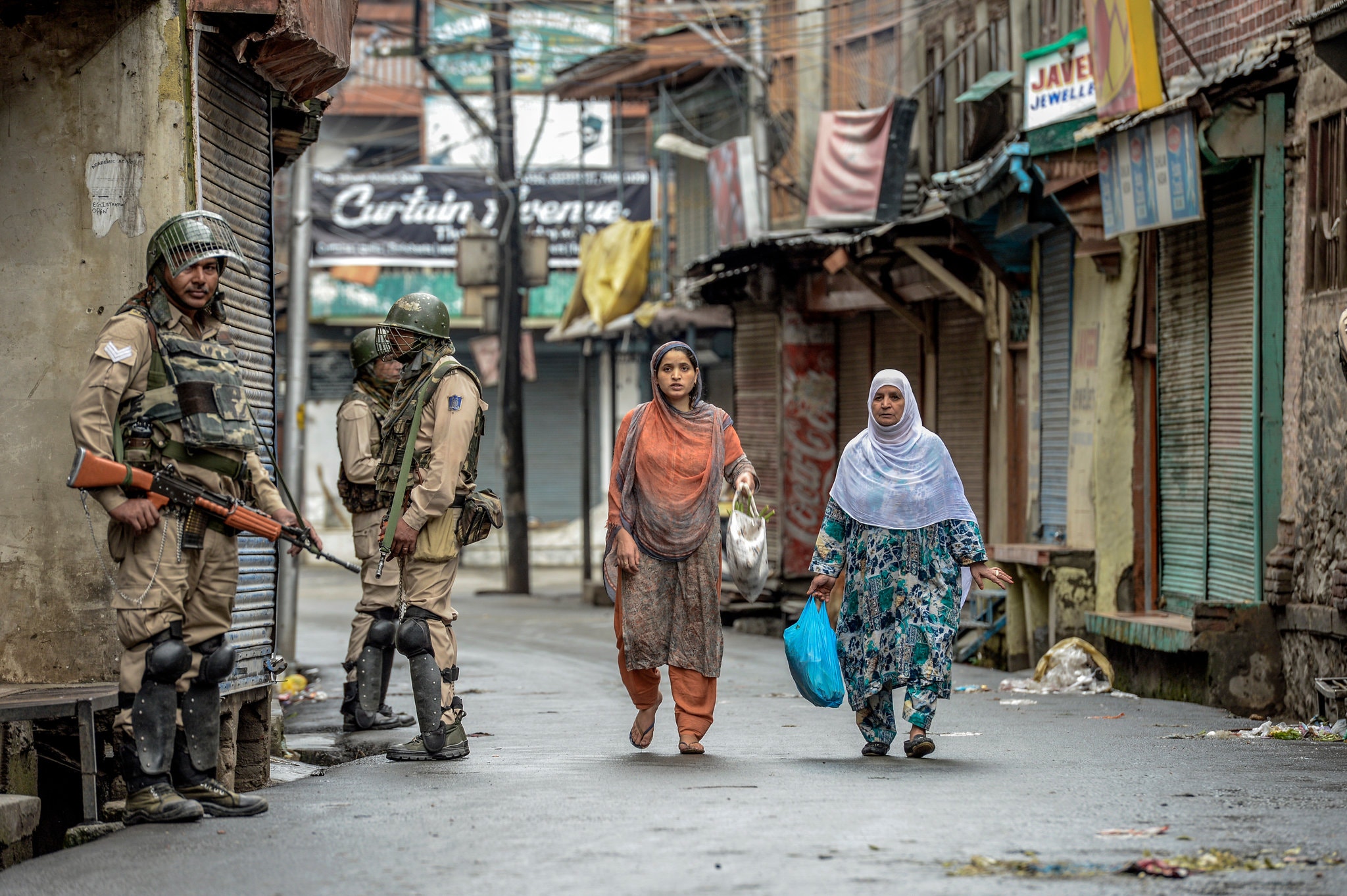
Many Kashmiris see India as an oppressive and foreign ruler. They resent all the changes over the years that have diluted what was supposed to be an autonomous arrangement for Kashmir, settled in 1947, when the region’s maharajah agreed to join India with guarantees of some self-rule.
No one disputes that Kashmir needed change. Tens of thousands of people have been killed here and the economy lies in ruins.
Officials in New Delhi circulated photos on Saturday that showed open fruit markets and crowded streets, saying the valley was returning to normal. But security personnel in Kashmir said large protests kept erupting, including on Saturday.
“At any point day or night,” said Ravi Kant, a soldier based in the town of Baramulla, “whenever they get a chance, mobs of a dozen, two dozen, even more, sometimes with a lot of women, come out, pelt stones at us and run away.”
“People are so angry,” he added. “They are unrelenting and not scared.”
The report further adds that tens of thousands of troops from the Indian Army, the Central Reserve Police Force (a paramilitary unit) and the Kashmiri State police have been deployed in just about every corner of the valley. In some villages, even remote ones, a soldier was posted outside the gate of each family’s home.
“The difficulties of negotiating such a tight security cordon are compounding the stress. Shamima Bano, a middle-aged mother, broke into tears the instant she heard her son’s voice over the phone.”
“Are you alive?” she cried.
“For hours, she had waited in a line of 400 people to use the one phone that the authorities opened, at a government office in her neighborhood. Her college-age son was in the Indian city of Mumbai, about to go into surgery, she said.”
“The lockdown’s effects are visible everywhere. Schools have been closed. Parks are deserted. Baby food is running out.
In many areas, residents needed to produce a curfew pass to leave their homes, even for medical emergencies.”
At the Lala Ded hospital, sick people had traveled more than a day to get here, only to find a skeleton crew. Many doctors couldn’t get to work. Many patients were curled up on the floor.
“It’s a living hell here,” said Jamila, a doctor who goes by one name.


